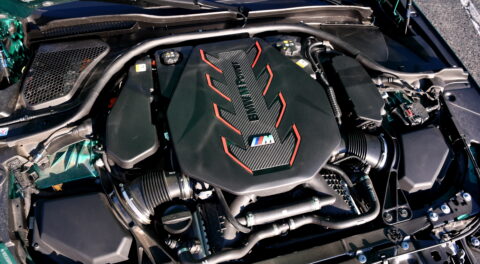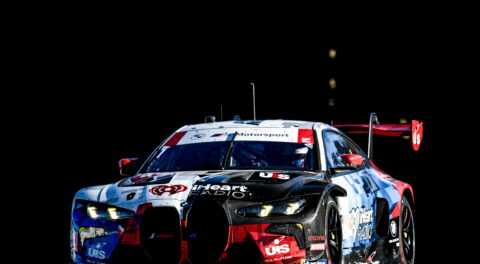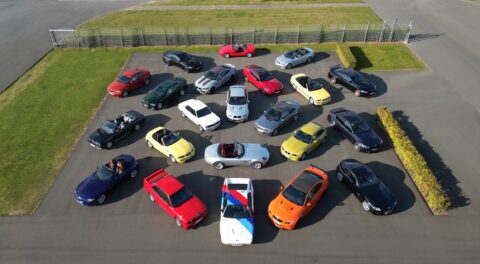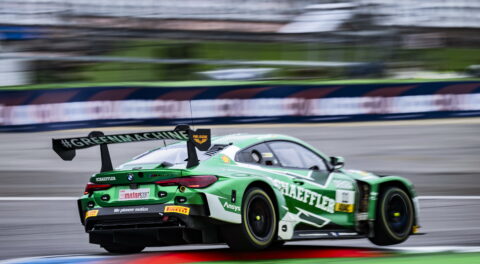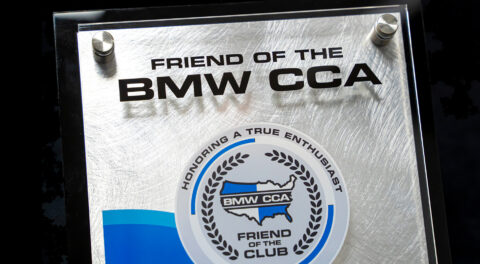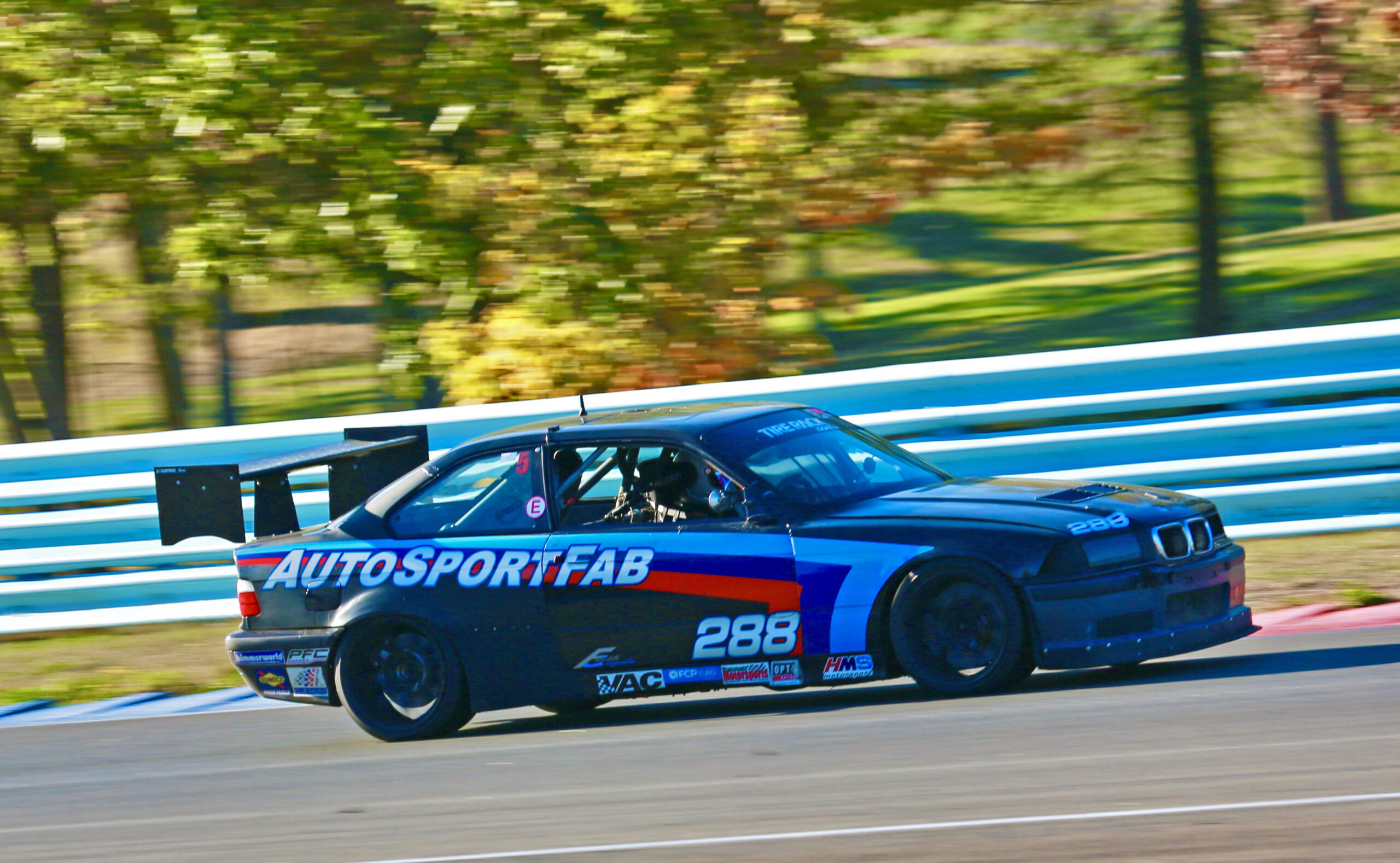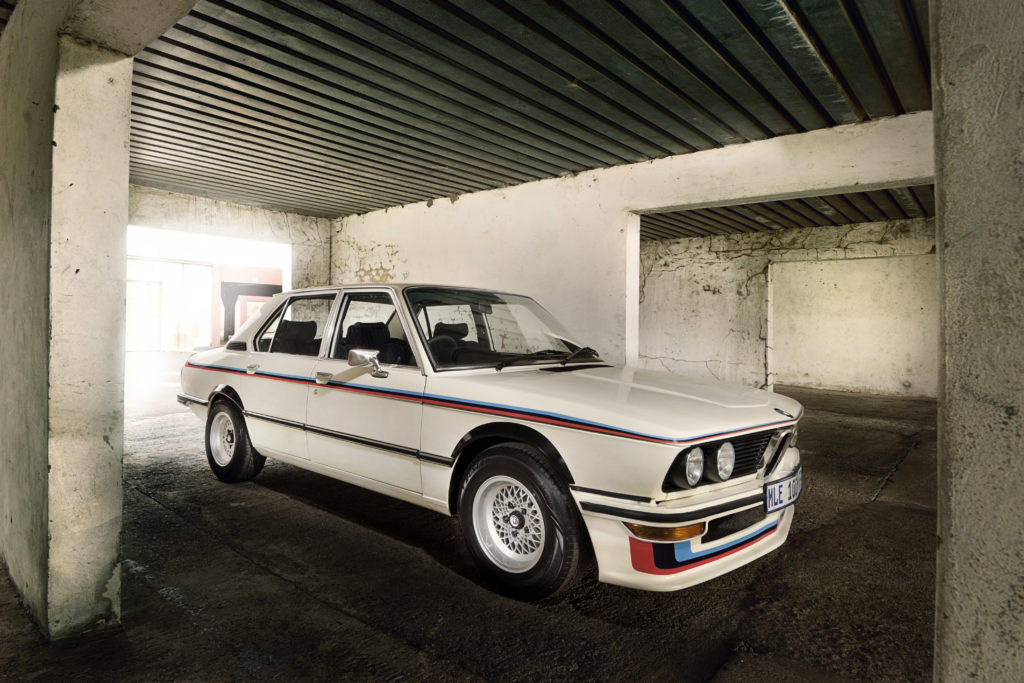
Less than a year after the project was undertaken, the 530 MLE restoration commissioned by BMW South Africa has been completed with a stunning result. An important piece of M history, the 530 MLE is seen by many as a precursor to M models (and the entire brand) that would follow, and the data plate riveted in the engine bay of the 227 road-going versions produced includes an M after the model designation. Also a weapon on track, the 530 MLE won each of its fifteen starts in-period, proving that conventional series production BMW models could be made competitive with the backing of BMW Motorsport and simple modifications.
The car in question bears chassis number 770100, which means it was the 100th built, and among the 110 slightly less common Type 1 versions produced for the 1976 model year. Reportedly owned by the original manager of the 530 MLE racing team, at some point along the way 770100 was left to sit for a minimum of twenty years, during which time it fell into disrepair, lost many of its individual parts, and accumulated substantial rust that would have spelled death for a vehicle of lesser historical importance.
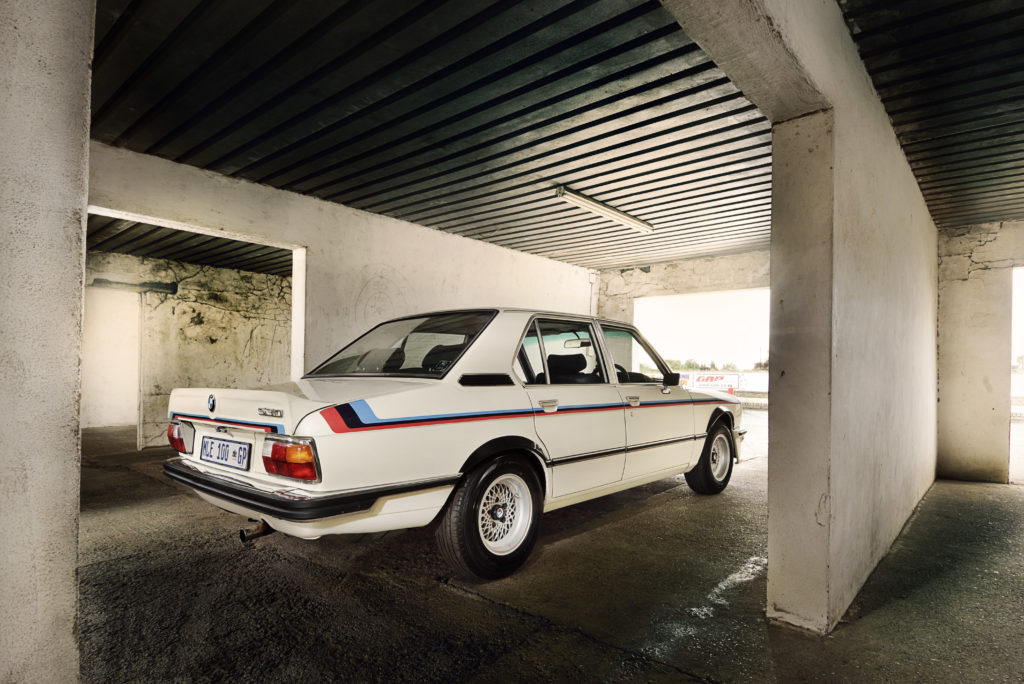
Even with rust that made 770100 a far less-than-optimal restoration candidate, the finished product is impressive in its transformation from a crumbling but numbers-matching relic to a potent machine that is once again capable of what made it great to begin with. Work was carried out by Luis Malhou of Custom Restorations, a shop based in Vereeniging, South Africa. Malhou himself is reported to own a pristine 530 MLE, which undoubtedly served as a blueprint for how to bring 770100 back to life, as few of the original 227 are believed to have survived beyond the 1980s.
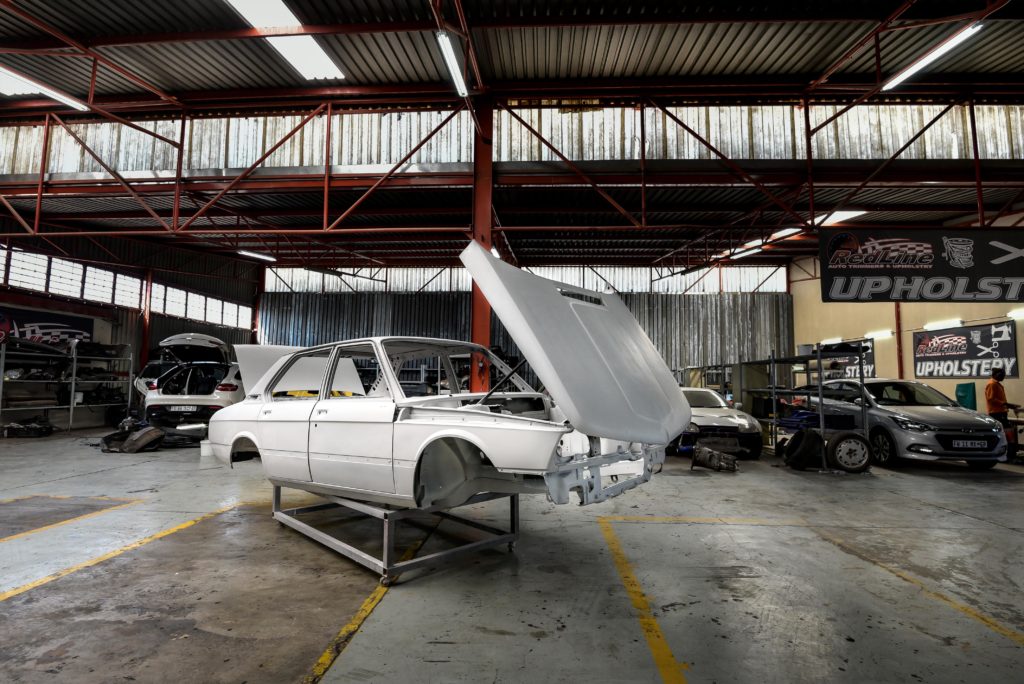
When plans for the restoration were first announced last year, we explained how the 530 MLE is more than a powerful M30 engine and a suspension packaged dropped into an E12 525i. The 530 MLE does benefit from both of these things, but changes go further, and began with aggressive weight saving measures in the form of hand-drilled brackets and panels. The passenger compartment-separating panel below might look like haphazard Swiss cheese, but the holes, which are also visible on the parcel shelf panel and the C-pillars, were integral to the 530 MLE being so capable on track. In addition to this rudimentary form of weight-savings, thinner steel and aluminum were also used in a number of other places, resulting in a true factory performance special.
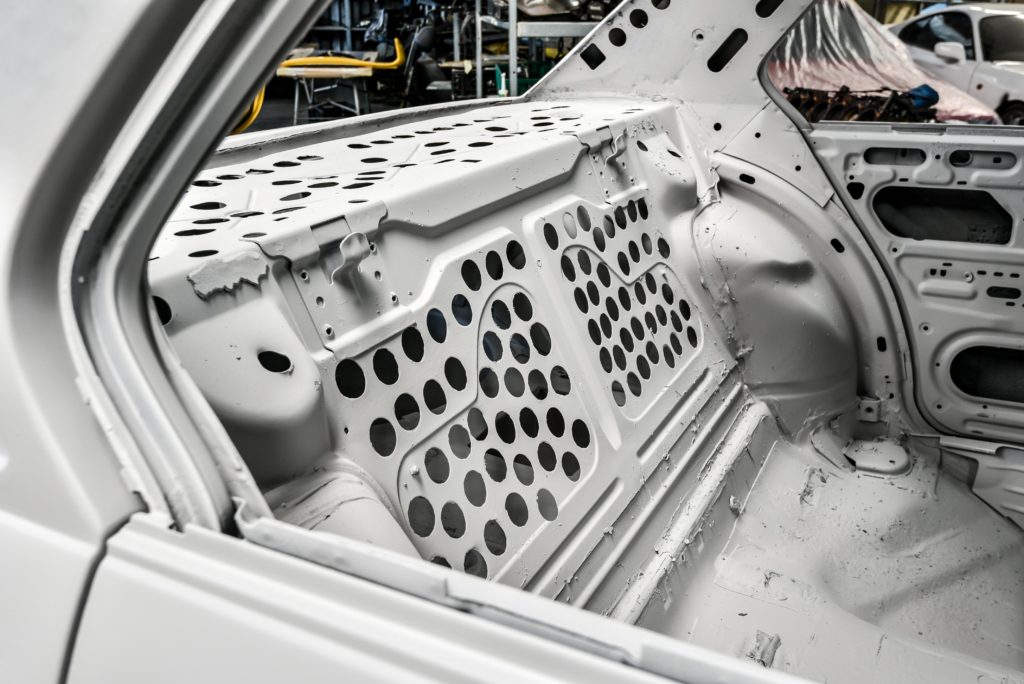
The revitalization of 770100 was also an emotional investment on the part of former BMW Plant Rosslyn employees, a handful of which provided input during the build process. Their input went beyond consulting, and a few of the men who worked on the line when the E12 was new actually got to assist in the project. Jacob Matabane worked in the BMW Plant Rosslyn paint shop from 1974 until 2013, and donned a suit and respirator once again to apply a few coats of Chamonix paint to 530 MLE 770100—for the second time in both of their lives.

Jacob Matabane (in the blue BMW coat) goes over the the primed shell.
William Mokwape helped build the 530 MLE in 1976. He was present during the initial startup of the rebuilt engine for 770100, and also helped turn a few wrenches when it came time to install the Bilstein-improved suspension onto the revitalized car.
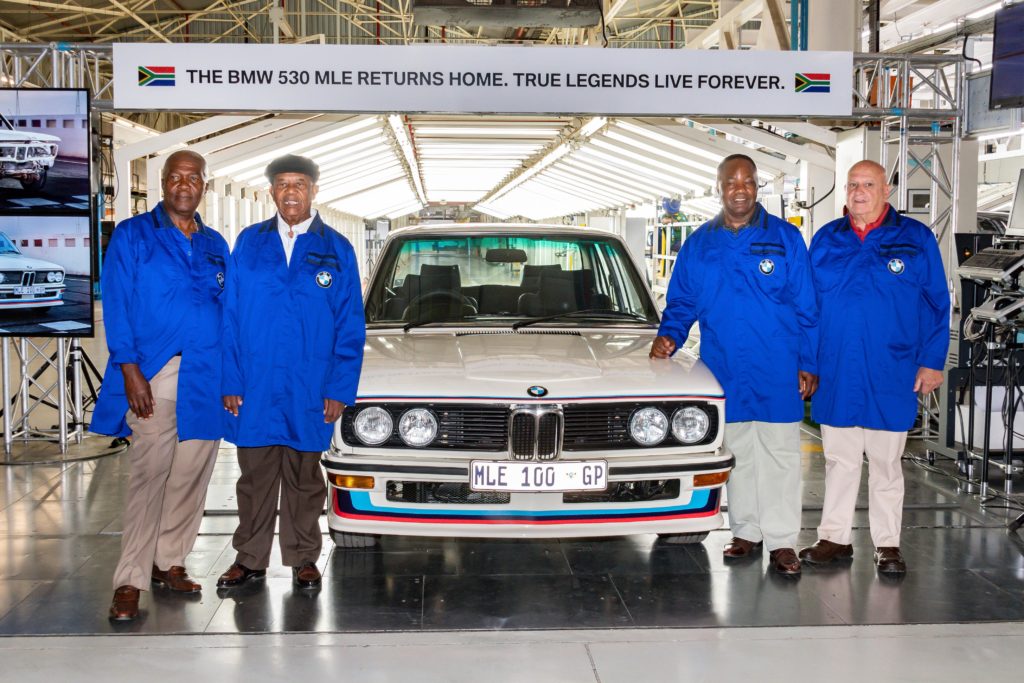
William Mokwape (second on the left) built 530 MLEs back in 1976.
The transition of the car from its previous neglected state to being finished and restored is perhaps the most miraculous part of the story though. What was once clean, nicely painted metal engineered to a purpose was left to oxidize and decay over the years, only to be brought back from the verge and subsequently returned to its initial splendorous state. According to Malhou, finding a clean dashboard to use required purchase of three other period E12 5 Series donor vehicles.
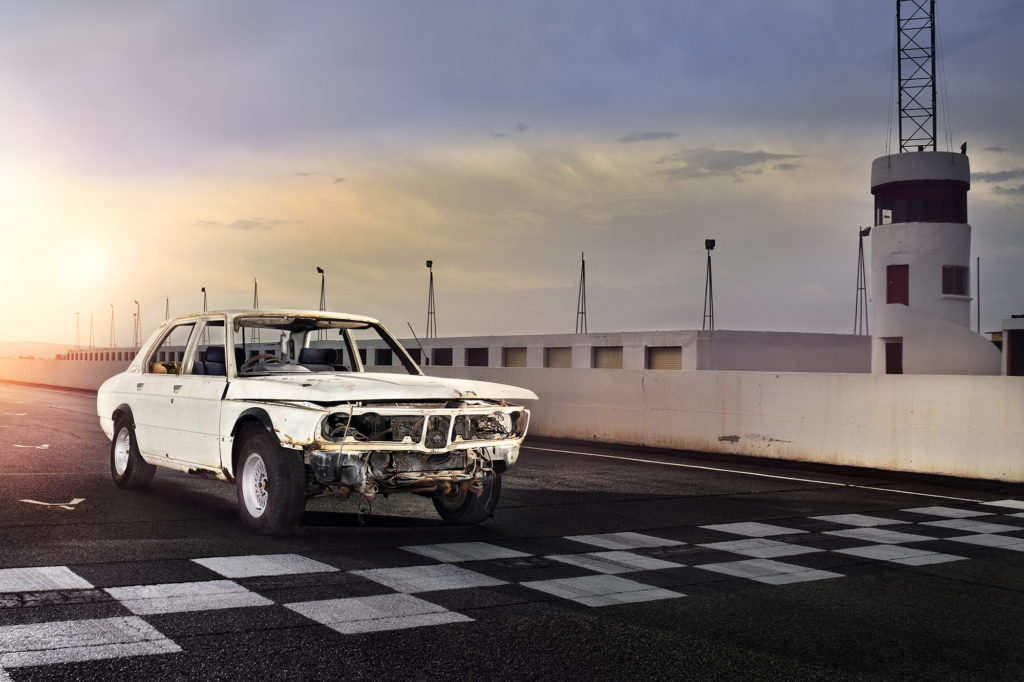
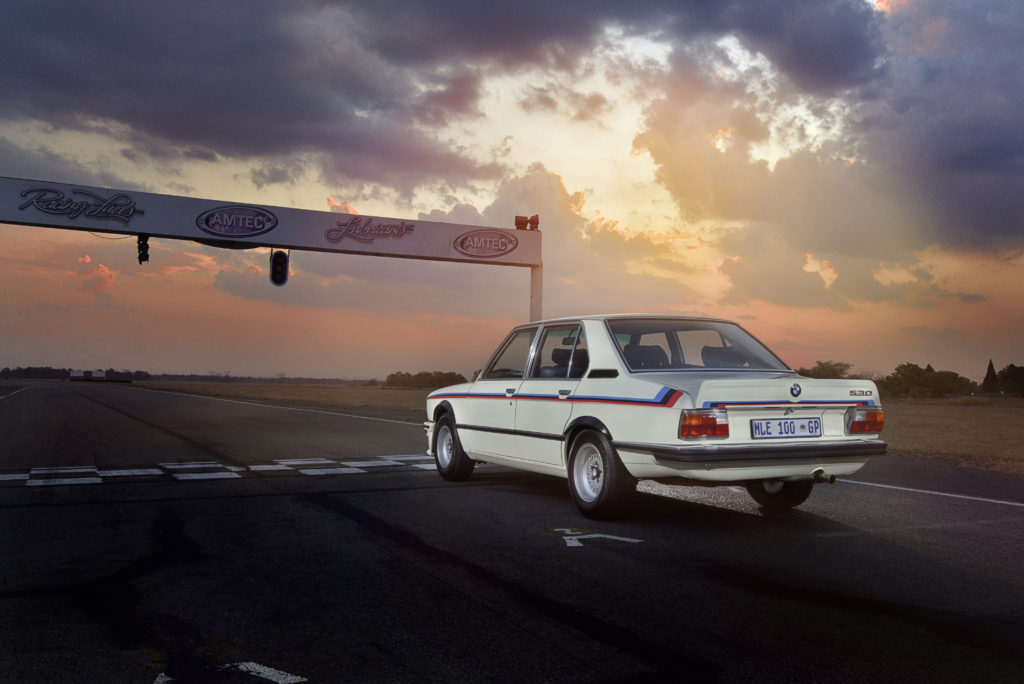
Check out the videos below for a closer look at the revival of a South African road icon, and the forerunner to the M brand.—Alex Tock
[Photos and video courtesy BMW South Africa.]

